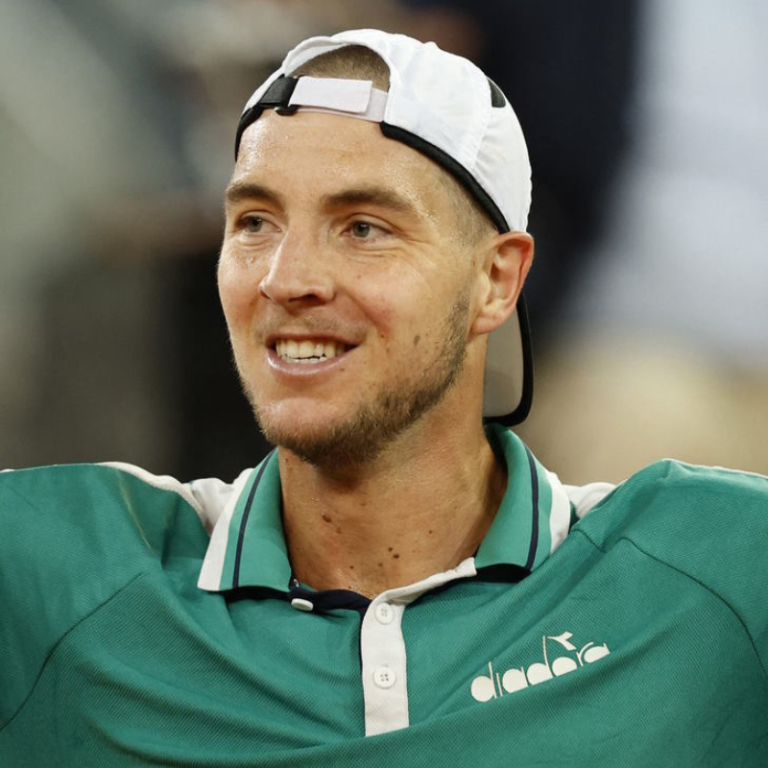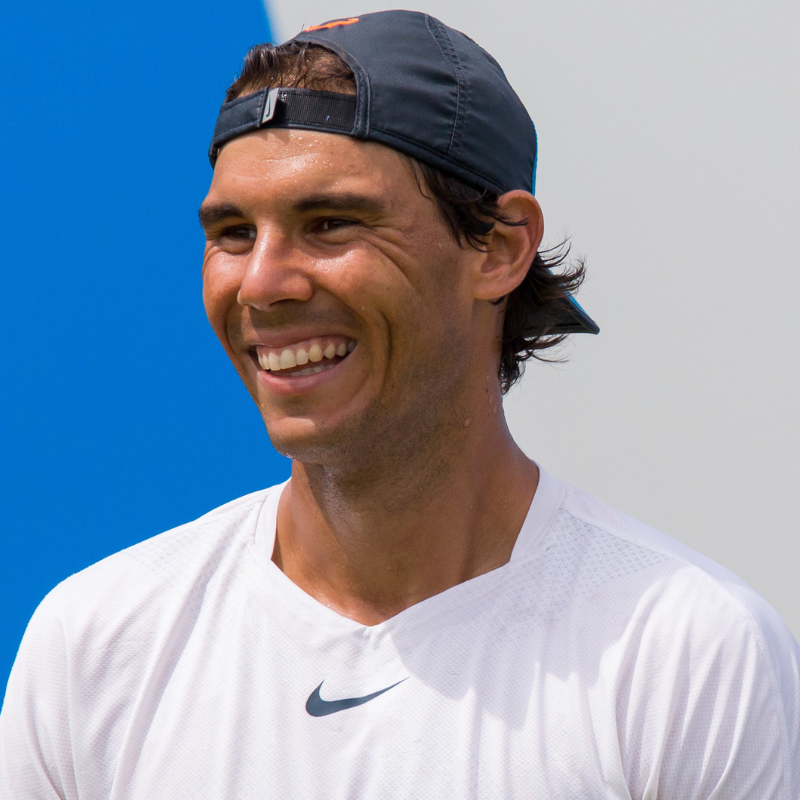
| Body Measurement | – |
| Body type | Athlete |
| Height | 6 Feet 1 inches |
| Weight | 85 Kg |
| Hair Color | Dark Brown |
| Eye Color | Dark Brown |
| Shoe Size | 10 |
| Full Name | Rafael Nadal Parera |
| Nickname | Rafael Nadal |
| Gender | Male |
| Date of Birth | 3 June 1986 |
| Age | 38 Years |
| Profession | Professional tennis player |
| Rafael Nadal Net Worth | $10 Million |
| Education | Received honourary doctoral degree from European University of Madrid in 2015 |
| Nationality | Spanish |
| Birthplace | Manacor, Mallorca, Spain |
| Hometown | Manacor, Mallorca, Spain |
| Religion | Christian |
| Zodiac Sign | Gemini |
| Father | Sebastián Nadal |
| Mother | Ana María Nadal |
| Spouse | Maria Francisca Perello |
| Children | Xisca Perello and Rafael Nadal Junior |
| Siblings | María Isabel Nadal |
| Official Website | rafaelnadal.com |
| Association of Tennis Professionals | Rafael Nadal |
| International Tennis Federation | Rafael Nadal |

Childhood & Early Life
On June 3, 1986, Rafael Nadal Parera was born in Manacor, a village on the island of Mallorca in the Balearic Islands, Spain. His parents, Sebastián Nadal Homar and Ana María Parera Femenías, were his parents.
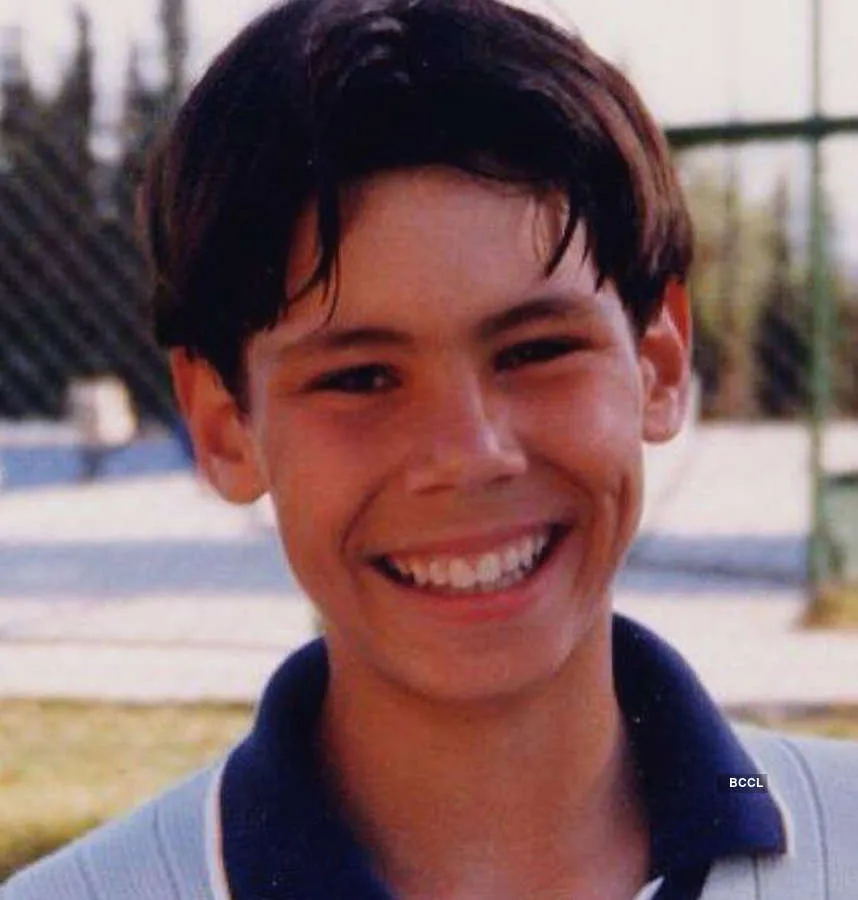
His father is a businessman who also owns the restaurant Sa Punta, an insurance company, and a glass and window company called Vidres Mallorca. Before giving it up to raise Nadal and his younger sister María Isabel, his mother ran a perfume boutique.
Miguel Ángel Nadal, a former professional football player for FC Barcelona, RCD Mallorca, and the Spanish national team, is one of his uncles. He looked up to Barcelona striker Ronaldo as a boy, and through his uncle, he was allowed to visit the team’s changing area and get a picture shot with the Brazilian.When he was three years old, tennis teacher Toni Nadal, another uncle of his, introduced him to that sport.
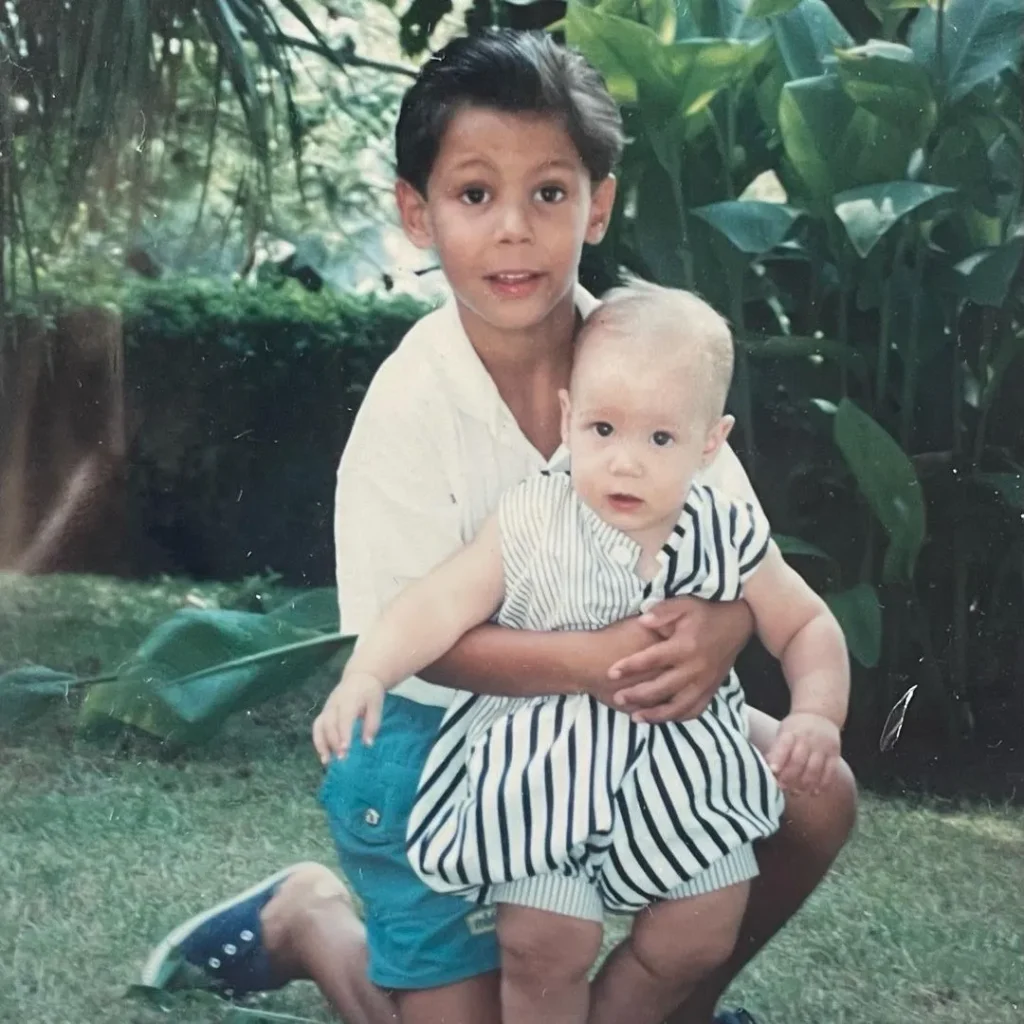
At the Manacor Tennis Club, where Toni was a coach, Nadal began playing tennis and practiced with his uncle. At first, Nadal thought tennis was more dull than football, which he and his buddies would frequently play on the streets of Manacor.
When he was five years old, he started playing tennis more frequently, and Toni soon saw that her young nephew had the skill and the drive to be a serious player.
Normally Nadal played in a group setting, but Toni picked on him purposefully throughout the matches, yelling at him instead of the other children, and making him pick up the balls and clean the courts afterward.
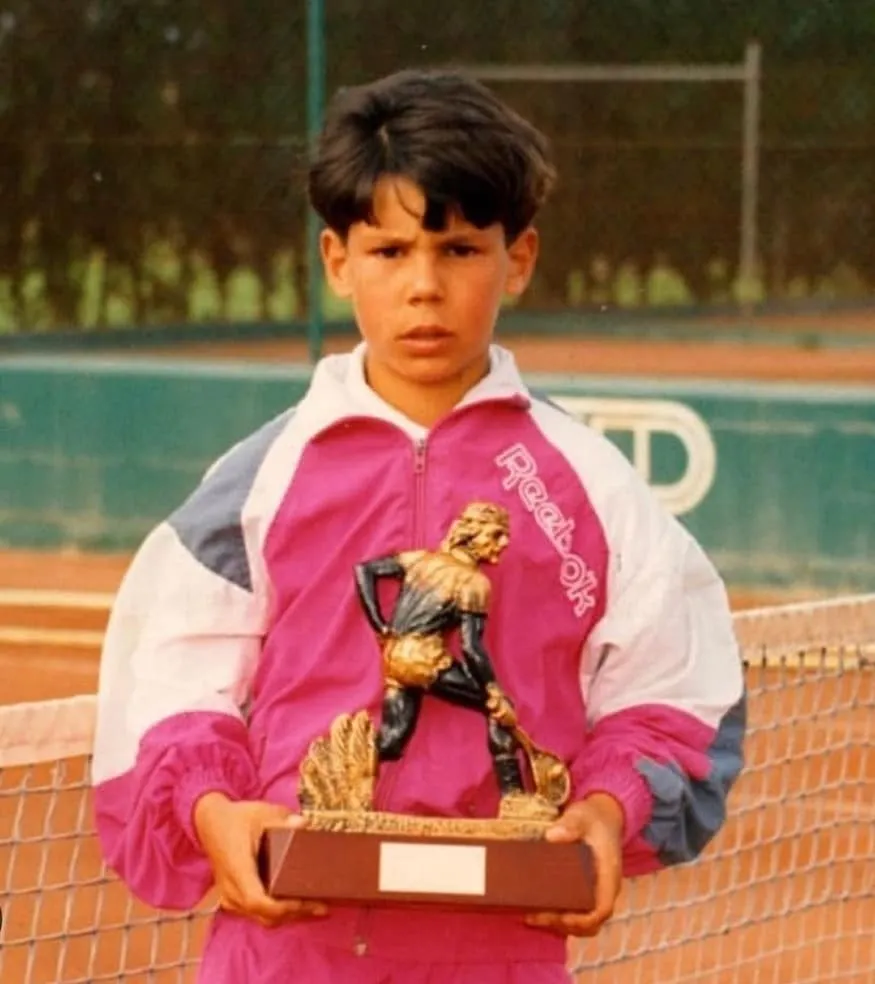
He acknowledged in his 2011 autobiography that he was terrified of Toni and that he hated practicing alone with her. Nadal also said that he would occasionally cry when he got home from tennis lessons and talk to his mother about the struggles he was facing. Although his father had also voiced concerns, the family concluded that Nadal would benefit more from continuing to practice with his uncle.
In addition to being a talented football player, Nadal won a regional under-12 tennis championship when he was just 8 years old. After watching Nadal’s then-two-handed forehand stroke, his uncle advised him to play left-handed because it would offer him an inherent edge on the tennis field. This victory motivated Toni to coach Nadal even more.
Also Read: Jan-Lennard Struff Net Worth, Wife, Age & Life Story
Career
Nadal started his professional career winning the U12 Junior Masters in Stuttgart in 1998 as well as the Spanish junior championships in 1997 and 1998. Nadal began competing in the U14 circuit in 1999 and had already won tournaments such as Tim Essonne and Les Petits As.
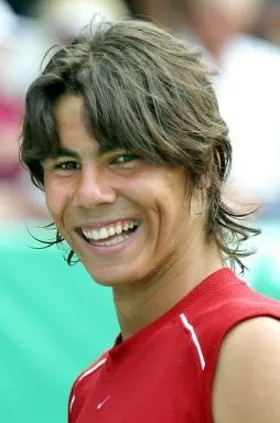
His early success persisted into 2000, and in the UTF World Junior title for U14s, he helped Spain win. He also won the U14 Spanish title. Nadal’s family chose to keep him in Mallorca, where he continued to grow under the guidance of Carlos Moyá and his uncle Toni, despite offers to train in Barcelona.
At the age of 14, Nadal began competing professionally in 2001, mostly in ITF junior competitions, and he quickly established himself on the ATP Tour. In 2002, he advanced to the Wimbledon junior singles semifinals and triumphed in his maiden ATP match in Mallorca.
Nadal was rising through the ranks by 2003, when he took home his maiden Challenger title and cracked the Top 100. In 2004 he won his first ATP championship in Sopot and was a key player in Spain’s Davis Cup triumph.
His career took off in 2005 when he defeated Roger Federer in the semifinals of the French Open and won 11 singles titles. With this triumph, he became the dominant power on clay and gained the moniker “King of Clay.”

In 1997 and 1998, Nadal overcame Marcel Granollers and Ricardo Villacorta to win the Spanish junior titles. As a junior, he accomplished the treble in 1998 when he and his dear friend Tomeu Salvá defeated Diáz and Granollers in the final to win the Spanish doubles championship.
At the age of twelve, Nadal then advanced to the U14 Spanish championship final, an accomplishment that has never been surpassed. However, Nadal lost in straight sets to Juan Sanchez de Luna. Nadal defeated future world No. 5 Kevin Anderson in the season-ending U12 Junior Masters in Stuttgart towards the end of 1998.
in the age of 14, Nadal began his professional career in the start of 2001. While most of his peers were just starting out on the ITF Junior Circuit, Rafael Nadal adopted a different strategy and participated in just two ITF junior Tour events.
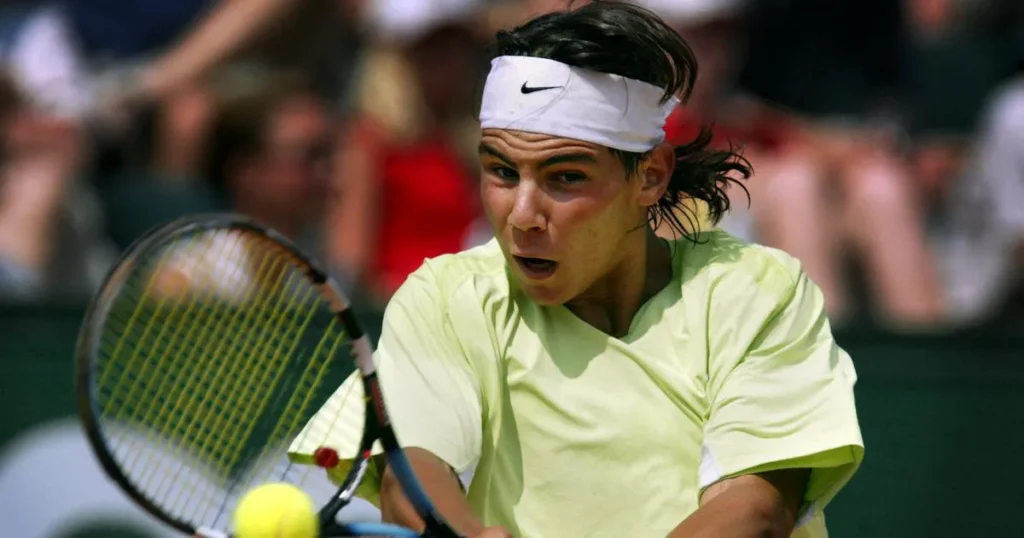
These came after he turned sixteen in 2002, advanced to the Wimbledon junior singles semifinal, and then assisted Spain in winning the Junior Davis Cup final, marking his second and last trip on the ITF Junior Circuit. As a result, he set career junior records in singles of 9–1, 4–1, and 5–0 on grass. On December 30, 2002, he achieved a career-high rating of world No. 145 in junior singles.
Early in2003, Nadal kept up his amazing rise, making it to the Challenger finals in Hamburg, Cherbourg, and Cagliari and taking home the title at Barletta. In the first three months of the season, he won 19 Challenger races in total, placing him inside the Top 150.
After that, he earned a spot in his second career ATP event, the Monte Carlo Masters, where he defeated 2002 French Open winner Albert Costa, who was ranked No. 7, in the second round to earn his first career victory in the top 10 and break into the world’s top 100.
Nadal defeated Juan Antonio Marín in the opening round of his next ATP tournament, the Torneo Godó in Barcelona, to record his first career ATP bagel. Next, in Aix-en-Provence, Nadal advanced to his seventh Challenger final of the year before falling to Mariano Puerta.
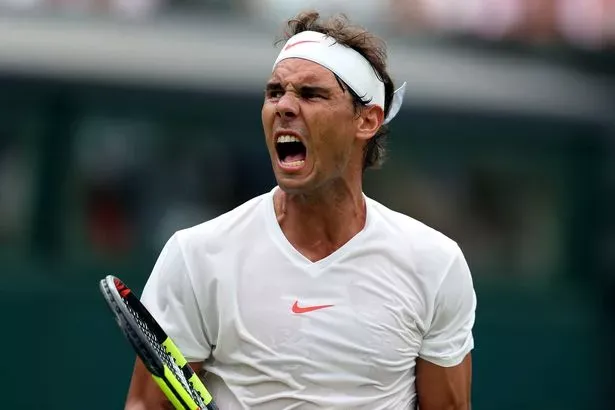
The 16-year-old Nadal qualified for his second Masters event in Hamburg in May. There, he defeated No. 4 Carlos Moyá but lost in the third round to Gaston Gaudio, who would go on to win the French Open. Nadal later suffered an elbow injury in a training mishap, forcing him to postpone his debut at the French Open.
He had never before competed in a major qualifying event until he qualified directly for Wimbledon. After defeating Mario Ančić, the player who had most recently defeated Roger Federer on grass, in his major main draw debut at Wimbledon, Nadal advanced to the third round, becoming the youngest person to do so since Boris Becker in 1984.
Nadal fell to Fernando González, the eventual runner-up, in the quarterfinals of the Australian Open. He defeated Novak Djokovic in the Indian Wells Open final, but lost to Djokovic in the Miami Masters quarterfinals in 2007. This came after he was eliminated in the quarterfinals of the Dubai Tennis Championships.
Following his return to Europe to compete in five clay-court tournaments, he enjoyed relative success. Before losing to Roger Federer in the Hamburg Masters final, he had won the titles in the Torneo Godó in Barcelona, the Italian Open, and the Monte-Carlo Masters.
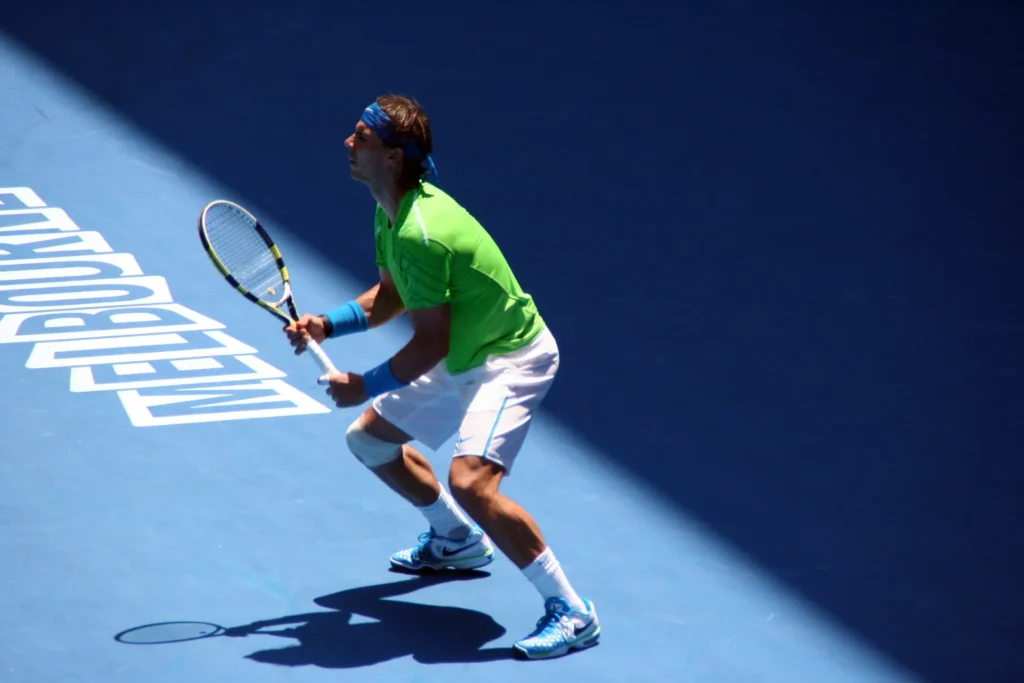
His 81-match clay winning streak came to a stop with this loss, setting a record for the most consecutive wins by a male Open Era player.
Nadal defeated first-time finalist Maxime Cressy in the Melbourne Summer Set 1 final in January to win his 89th ATP singles championship. Nadal defeated Daniil Medvedev in a five-set final after coming back from two sets down to win his second Australian Open championship and his 21st major title overall.
Nadal had previously defeated Karen Khachanov, Denis Shapovalov, and Matteo Berrettini. Nadal’s victory broke a tie with Novak Djokovic and Roger Federer for the record of most men’s singles major championships ever. In addition, Nadal joined Djokovic as the only other person in the Open Era to accomplish the double Career Grand Slam.
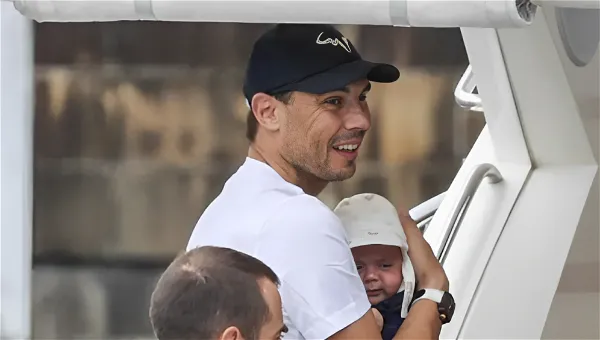
At the 2024 Brisbane International, Nadal made his debut by overcoming 2020 US Open champion Dominic Thiem 7–5, 6–1. He proceeded to overcome Jason Kubler, the 2023 Australian Open doubles champion, 6-1, 6-2.
In the quarterfinals, Australian Jordan Thompson ended his run of success when he upset Rafael Nadal by saving three match chances. He pulled out of the Australian Open because to a muscle strain he received during the match.
On March 3, 2024, in Las Vegas, Nadal participated in the Netflix Slam, a televised exhibition match against Carlos Alcaraz.
Also Read: Pauly Shore Net Worth, Age, Movies & Life Story

Major Work/Filmography
Nadal’s autobiography, Rafa (Hyperion, 2012, ISBN 1-4013-1092-3), written with assistance from John Carlin, was published in August 2011.
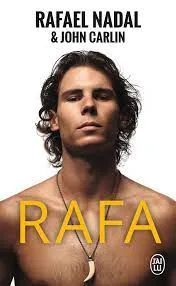
After countless philanthropic efforts in the early part of his career, he launched the nonprofit Fundación Rafa Nadal in November 2007, and its official presentation was in February 2008, at the Manacor Tennis Club in Mallorca, created to help disadvantaged children and teenagers, offering them opportunities through the practice of sports.
Two months earlier, in December 2007, Nadal and Real Madrid goalkeeper Iker Casillas teamed up to stage a charity sports event in Madrid, aptly named “Friends of Iker v Friends of Rafa“, to raise money to buy vaccines for children infected by Malaria as a means to help the Red Cross in its fight against the disease.
This charity event was a huge success overnight, raising well over £100,000, which inspired Nadal to set up his own foundation, stating, “We raised an amount of money that we would never have imagined. That is why the time has come to set up my own foundation and determine the destination of the money“.
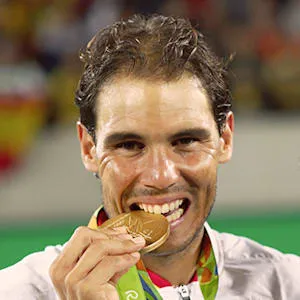
Nadal participated in a unique charity match at the 2010 Australian Open named “Hit for Haiti” with other elite tennis players in reaction to the 2010 Haiti earthquake. All earnings from the match went to the victims of the tragedy.
In an eventual loss against Roger Federer and Pete Sampras, he paired with Andre Agassi in a follow-up charity exhibition at the 2010 Indian Wells Open, which raised $1 million.
In the two-match exhibition battle for Africa organized by the Rafa Nadal Foundation and the Roger Federer Foundation towards the end of 2010, Rafael Nadal took on his ostensible career adversary, Roger Federer. Federer emerged victorious in the first set, which was held in Zürich on December 21, while Nadal prevailed in the second match, which was held in Madrid.
Kia Motors has sponsored Rafael Nadal since 2006. As a global representative for Kia, he has starred in commercials for the firm. A claymation viral commercial portraying Rafael Nadal playing tennis against an alien was produced by Kia in May 2008. Nadal and Kia renewed their collaboration for an additional five years in May 2015. In April 2009, he was named the face of the L’Homme Sport fragrance by Lanvin.
Since January 2010, Nadal has served as the global spokesperson for Quely, a Mallorcan firm that makes biscuits, baked goods, and chocolate-covered items. He has been a customer of Quely’s since he was a small child.
Awards & Achievements
- ITF World Champion (5): 2008, 2010, 2017, 2019, 2022
- ATP Player of the Year (5): 2008, 2010, 2013, 2017, 2019
- Laureus World Sports Award for Breakthrough of the Year: 2006
- Laureus World Sports Award for Sportsman of the Year (2): 2011, 2021
- Laureus World Sports Award for Comeback of the Year: 2014
- BBC Sports Personality World Sport Star of the Year: 2010
- Davis Cup Most Valuable Player: 2019[685]
- ATP Newcomer of the Year: 2003
- ATP Most Improved Player of the Year: 2005
- Stefan Edberg Sportsmanship Award (5): 2010, 2018, 2019, 2020, 2021
- ATP Arthur Ashe Humanitarian of the Year: 2011
- ATP Comeback Player of the Year: 2013
- ATP Fan’s Favourite Award: 2022
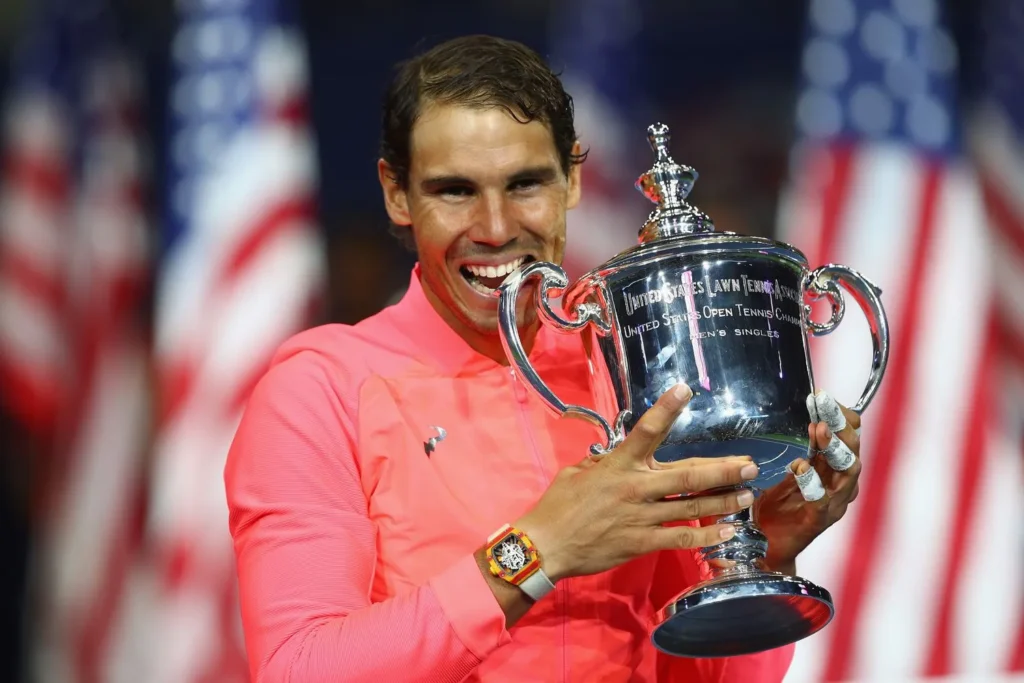
Rafael Nadal Net Worth
Rafael Nadal of Spain is thought to be worth $220 million. He has won 22 major titles, including a record 14 French Open trophies, making him second only to Djokovic in terms of Grand Slam victories. On clay, he won an incredible 81 straight games, setting another record for the open era.
Controversy
Due to a disagreement between the two in 2015—in which Rafael Nadal claimed Carlos Bernardes had treated him disrespectfully when he sought to change his shorts during a match and was issued a time warning—Nadal demanded that Bernardes not be assigned to his matches.
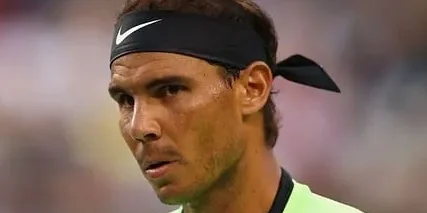
Rafael Nadal faced backlash in 2018 after he made remarks about the subject of equal pay in tennis. He claimed that the wage gap between male and female players is comparable to that of male and female models and is determined by the size of the player’s fan base. On social media, there was #backlash to this statement.
In 2018, Nadal drew flak for his comments on the equal pay issue. He said, “It’s a comparison we shouldn’t even make. Female models earn more than male models and nobody says anything. Why? Because they have a larger following. In tennis too, who gathers a larger audience earns more,” he said in the interview. This statement drew a lot of criticism on social media.
One of the most fascinating rivalries in tennis history is that between Nadal and Kyrgios. Reportedly, in 2015, Nadal declined to participate in a doubles match at a charity event organized by John McEnroe with Nick Kyrgios. Rather, he engaged in a singles match with Australian Lleyton Hewitt.
Prior to this, Kyrgios was heavily criticized for making a derogatory comment about Stanislas Wawrinka during their most recent Rogers Cup encounter in Montreal. Nadal emphasized, nevertheless, that he has never declined to play with Kyrgios.

10 things you didn’t know about Rafael Nadal!
FAQs
– What is Rafael Nadal’s playing style?
Nadal is known for his aggressive baseline play, incredible topspin, and exceptional athleticism. He is particularly renowned for his defensive skills and ability to play long, grueling matches.
– When did Rafael Nadal turn professional?
Rafael Nadal turned professional in 2001.
– What is Rafael Nadal’s nickname?
Nadal is often referred to as “Rafa” or “The King of Clay” due to his dominance on clay courts.
– Has Rafael Nadal struggled with injuries?
Nadal has had several injuries throughout his career, including issues with his knees, wrists, and back. Despite these setbacks, he has consistently made successful comebacks.

